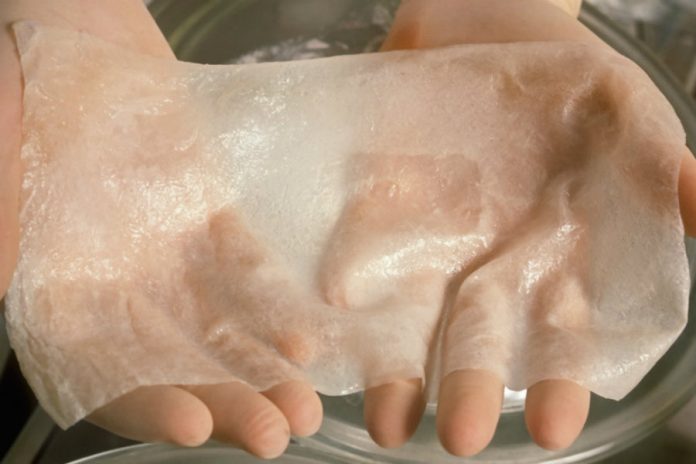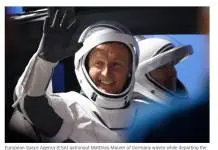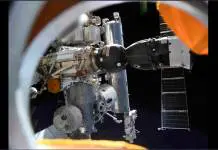
This month, biomedical researchers Pierre-Alexis Mouthuy and Andrew Carr published an article about using robots for regenerative medicine. The pair explains that robotics have developed dramatically in the past decade. Robots can help humanity achieve remarkable progress in fields like medicine, space exploration and more.
The paper focuses on the musculoskeletal humanoid. These robots activated by artificial muscles can copy human movements. Carr and Mouthuy highlight the opportunity to use these humanoids with science and medicine purposes in mind.
Musculoskeletal robots can grow a musculoskeletal tissue for transplant applications. Mechanical stimulation is the main reason musculoskeletal tissues are giving encouraging results.

Robotics was not the first option for the researchers
Carr and Mouthuy were only interested in tissue and bone interaction at first. They only considered robotics after studying different methods to repair tendon injuries using tissue engineering. The musculoskeletal humanoids were the solution to test the fabrics created at the lab.
“The current bioreactor systems offered for that are still in their infancy and are relatively expensive…Therefore we have decided to look into designing our own bioreactor systems to solve this problem,” said Mouthuy to Digital Trends.
Bioreactor systems are in an initial phase. Nowadays, a tissue bioreactors consist of a hard casing used as a culture chamber (used to store and use the tissue constructs) coupled with a linear actuator, which subjects constructs to cyclic loading. These desktop bioreactors are usually able to apply uniaxial or biaxial stresses with a programmable loading regime.
In its papers, the biomedical pair explained the main limitation of bioreactors, future needs for bioreactors and the opportunities they offer.
Bioreactors can’t accurately copy the mechanical loadings that are experienced in the body. As for the future needs, bioreactors need to provide multidirectional stresses by a combination of tension, torsion, compression, and shear stresses. Adapt the loading regime to each tissue in consideration of their anatomical location. And enable the fabrication of tissue constructs with dimensions similar to their native counterparts.
Developing Bioreactors may lead to the fabrication of personalized tissue to adapt to every patient need, to the development of bioreactors able to grow muscle grafts/tendon/bone, a deep insight into healing mechanisms, abandoning the animal tests for medicine purposes and the creation of biohybrid humanoids.
“We are currently designing small bioreactor prototypes that could be used in combination with musculoskeletal robots…We hope to be able to test these shortly,” said Mouthuy.
Source: Fox News











